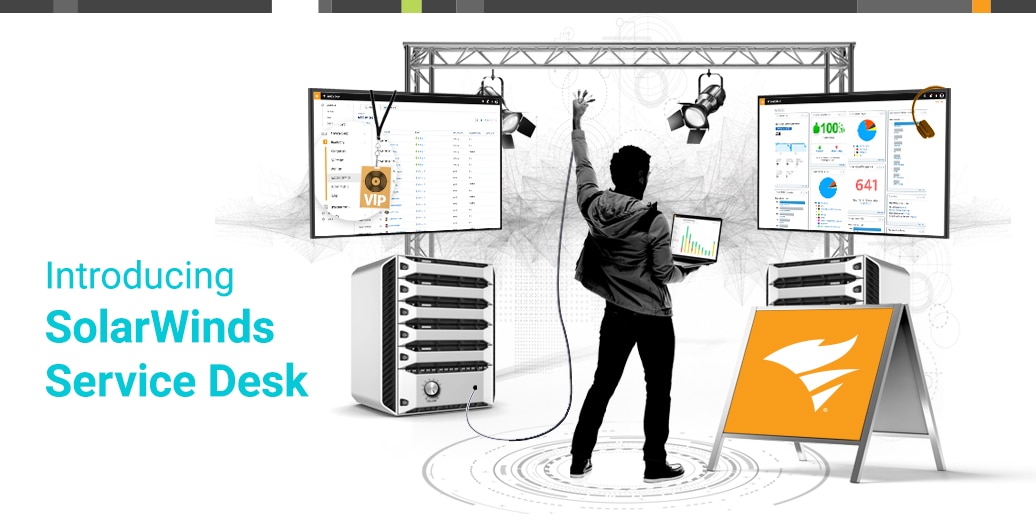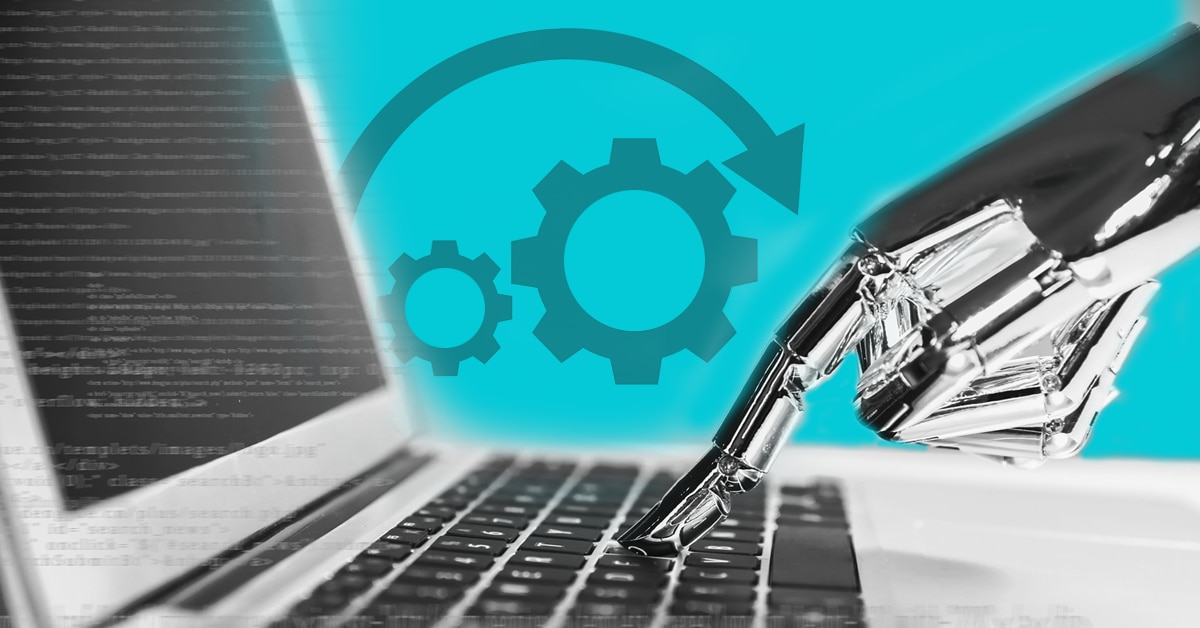You hear about them all the time:
automations. They’re supposedly changing the way IT departments operate. Sure, it sounds nice to automate some of the busy work, but how? And what does that mean for your staff?
By the end of this post, you should understand three things about IT service desk automations:
- The two types of service desk automations
- How to build each type in your service desk solution
- The impact on service providers and service delivery
Let’s start with an overview.
Two Types of Service Desk Automations
Automations are designed to complete traditional steps of service delivery that don’t require human brain power or attention. In service management, best practices encourage data collection upfront, through an employee service portal, so that data can drive processes on the backend in service delivery.
As you’ll see in the two types of service desk automations, numerous parts of those processes are determined solely by the data that requester inputs, which means we can design those aspects of service delivery to occur automatically. Let’s take a look:
Automated Workflows
There are a number of predefined service delivery processes that happen the same way, every time. Think about new device requests, employee onboarding, and ordering business cards, for example. These processes can be built to automate task assignments, approvals and notifications.
In a device request workflow, the requester form might require the department, the requester’s manager, a dropdown menu for the type of device requested, and a text box to explain why they need a new device.
The point of building the workflow is not just to collect the data, but to make the data work. The department and manager data can create an automatic approval notification for the requester’s manager and/or department head. It should be a snapshot of the request and a one-click “approve” or “deny” button. Upon that approval, automatically launch a task for IT to approve and order the new laptop. Final approval likely lands with finance, so they will receive a snapshot of the purchase details and an option for approval.
This is a simple automated workflow, but you’ve avoided the dreaded email chain. Some processes require more tasks from different service providers, but they can all leverage the power of automated tasks, approvals, and notifications.
Automation Rules
The other type of service desk automation is a collection of basic rules around tickets. Though they are, for the most part, tiny little time savers, the collective impact on service delivery can be major.
Similar to the workflow automations, these rules for tickets leverage data that will determine, without fail, some piece of how the ticket is managed. Examples include:
- Priority
- Routing / assignments
- Notifications
- Escalations
- State changes
You’ll see in the next section how to set up these rules. The idea is that when an employee creates a ticket, your service desk solution can automate the tasks that help fast-forward to a service agent working the ticket and providing a resolution. You want to keep those ticket queues clean, avoid delays in first response, take proactive steps to avoid SLA breaches, and escalate high priority tickets automatically.
Building an IT Service Desk Automation
Let’s look at an automated workflow first.
Rather than an email chain outlining everything on the checklist for service delivery, the goal is to build a workflow that handles pushing these tasks forward. Tasks and approvals can run sequentially or concurrently, and you can create condition sets that call for tasks and approvals only when certain conditions are met. For example, you can create a “new hire” rule that adds conditions for software licenses and applications in the workflow. It can instruct the service provider to perform one task or another based on the data in the request (such as required software licenses and applications).
An organization would likely build this out to include workspace setup, hardware setup, direct deposit, etc. As you can imagine, the entire workflow can run through this engine, with no other communication necessary. This way, the process is not only faster, but there’s full visibility every step of the way.
You can also create a ticket routing rule. For example, we know we want to prioritize all of the CEO’s requests. You can build these rules for any individuals or for entire groups of employees. You can start every automation rule with a condition to check whether the CEO is the requester.
Next, you can identify the actions that should happen automatically whenever the CEO is the requester. For example, you can set every request to critical priority and reassign every ticket to the agent you trust with the CEO’s requests.
You could have requests from any individual or group of individuals automatically prioritized, routed, or assigned. There are options to escalate tickets that contain words such as “outage” or “urgent.” This could help proactive response to security issues or major incidents.
The most mature service desks utilize this opportunity to create dozens, even hundreds of rules. Some customers don’t ever need to worry about where a ticket lands because automation rules route and prioritize every single one.
The Impact of Service Desk Automation
It takes some work to build out automated workflows and ticketing rules up front, but the rewards are real. Think about the metrics you typically use to measure service desk performance. SLA compliance will improve, thanks to automation rules for escalations and breaches. CSAT will almost certainly improve — those employees are seeing faster resolutions. First-touch resolutions will increase, as the tickets are landing in the correct queues thanks to routing automations. Mean time-to-resolution will decrease, as your service providers can begin working on resolutions as soon as the tickets are submitted.
When people think of automation, they often imagine a robot, machine, or computer program performing an employee’s entire job function. That’s not what service desk automations are for. Service desk automations are designed to streamline processes and remove the tedious areas of service delivery, so your service providers and technicians can focus on exceeding employee service expectations.






